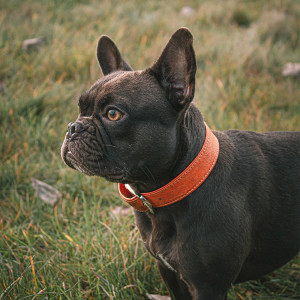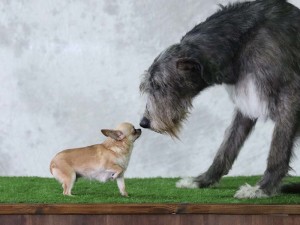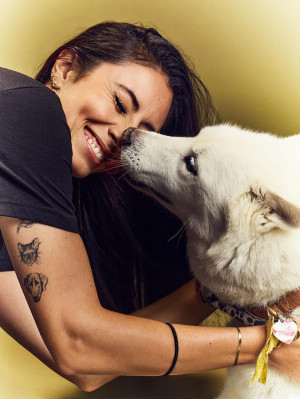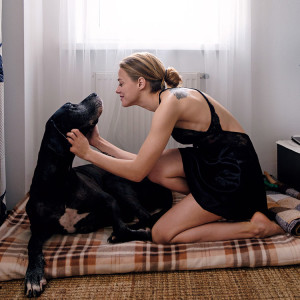Small Dogs With Long Noses Live the Longest, New Study Finds
Scientists are seeing some trends when it comes to pup mortality.
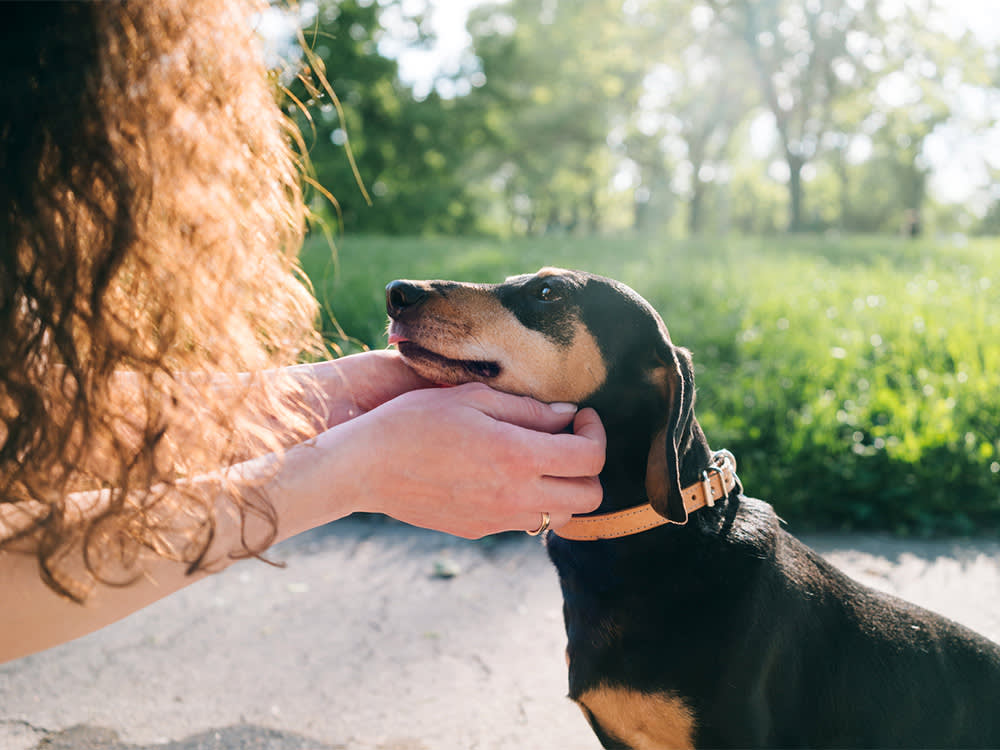
share article
If you ask a room full of people how long a dog — any dog — can be expected to live, you might get a wide range of answers. As a species, pups have pretty varied life expectancies; while some pups might hope to make it to 15, others are lucky to live to eight. But it turns out, there are some puppy traits that can give us a better guess at how many years our beloved pups will have with us.
In a new studyopens in a new tab, researchers analyzed data of nearly 600,000 dogs of 155 different breeds. They found some overarching trends in pup mortality — and it seems that small, long-nosed dogs are the ones most likely to make it well into their golden years.
Small dogs live longer than large dogs.
Scientists have known for a while that, generally, the larger an animal is compared to other members of the same species, the shorter their lifespan. It’s true for humansopens in a new tab, and it’s true for dogs. “Small dog breeds, such as Shih Tzu, Chihuahuas, Dachshunds, and Toy Poodles, may often live into their teens or even early twenties,” veterinarian Dr. Athena Gaffud recently told The Wildestopens in a new tab. “On the other hand, larger breeds, such as Mastiffs, Great Danes, Saint Bernards, and Great Pyrenees, may have average lifespans ranging from six to twelve years.”
The new study backs this up. On average, small dogs live 12.7 years, while large dogs live 11.9. There is a huge variation within these averages, though; the Lancashire Heeler, for example, lives an average of 15.4 years, while a Caucasian Shepherd Dog lives an average of only 5.4.
Dogs with long noses live longer than flat-faced dogs.
Flat faced (aka brachycephalic) dogs are known to be predisposed to a variety of health issues. “Dogs with brachycephalic syndrome have really small nostrils and a really long soft palate that hangs back and obstructs the airways,” Dr. Jamie Freyer, a veterinarian and Manager of Data and Veterinary Genetics at Wisdom Health, told The Wildestopens in a new tab in 2022. “So, they are breathing in air through a small opening, and then when the breath gets to the back of their throat, it reaches another obstacle, which makes breathing in general hard. And that difficulty breathing can, in part, lead to concerns around heat stroke, heart problems, and other issues.”
In the end, these complications can shorten a pup’s life. The study found that flat-faced dogs live 11.2 years on average, while dogs with medium and long faces lived 12.8 and 12.1 years on average, respectively. However, there are exceptions to this rule: Most notably, the flat-faced Tibetan Spaniel was found to be the breed with the second longest average lifespan, at 15.2 years.
Dogs who are both small and have long noses seem to have the best chances; Dachshunds and Whippets live an average of 13.3 years. In contrast, large and flat-faced dogs like Boxers and Bullmastiffs live an average of 10.7 years — two and a half fewer years than small and long-nosed pups.
The study had limitations.
The researchers note that there are location limitations to their study; the analyzed data is only truly representative of dog populations in the United Kingdom, as other countries may have different breeding practices or dog parenting practices. They note that certain breeds may be overrepresented, since not all pet parents choose to or are able to insure their pets — and some policies have age-limited coverage or would be extra costly for flat-faced dogs with high disease risk.
Purebred dogs may also be overrepresented in veterinary datasets. “Previous studies have also reported owners of purebreds are more likely to financially invest in their dogs, showing a greater willingness to pursue more extensive veterinary treatment at referral hospitals,” Kirsten McMillan, an author of the new study, wrote.
Additionally, the new study only analyzed purebred dogs by breed breakdown and placed all other mixed-breed dogs into a single category; this means it’s hard to compare mixed-breed dogs of different sizes, breed mixes, or nose lengths to purebred dogs within the same categories. Previous researchopens in a new tab has found that mutts are often hardieropens in a new tab than purebred dogs; they are less likely to have knee problems, certain cancers, heart disease, and other common pup ailments that contribute to mortality.
Why does this research matter?
The researchers hope that knowing which pups are most likely to suffer from ill health is the first step to confronting — and healing — their problems. “Now that we have identified these populations that are at risk of early death, we can start looking into why that is,” McMillan told the New York Timesopens in a new tab. “This provides an opportunity for us to improve the lives of our dogs.”
It’s also important for potential adopters to know what to expect. In the case of flat-faced breeds, veterinarians caution that adopting a brachycephalic pup may come with its share of challenges. “In my experience seeing brachycephalic patients, a lot of pet parents are unaware of the number of health issues these breeds can have and are surprised by the expense and time needed to care for them,” said Dr. Freyer.
That said, all pups deserve loving homes — it’s just good to be prepared. “If you’re thinking about getting a certain breed — any breed — it’s really important to do your research,” says Dr. Freyer. “Prepare yourself for potential health problems and understand what you’re getting into as it relates to the breed’s day-to-day care.” If you have the schedule flexibility and financial means to care for a flat-faced pup, consider adopting rather than buying from a breeder.

Sio Hornbuckle
Sio Hornbuckle is a writer living in New York City with their cat, Toni Collette.
Related articles
![English cream golden retriever dog looking wistfully over the back of a grey couch covered with a knit throw blanket in various shades of pink.]() opens in a new tab
opens in a new tabThe Game-Changing “Dog Aging Project” Is at Risk of Losing Funding
They are conducting trials on a drug that may extend dogs’ lives.
![Chihuahua dog meets an Irish Wolfhound]() opens in a new tab
opens in a new tabDo Dogs Know How Big They Are?
Research indicates yes, so why is your large pup still laying on top of you?
![A woman holding a French bulldog over her shoulder.]() opens in a new tab
opens in a new tabBulldogs and Other Flat-Faced Breeds Are Being Banned. Here’s Why
Breeds with those squished-in faces are charming — but their health issues are not.
![Celine Halioua, the founder of Loyal.]() opens in a new tab
opens in a new tabA New Drug Could Make Your Dog Live Longer—Meet the Woman Who Created It
The founder and CEO of Loyal, Celine Halioua, tells The Wildest what the future of pet parenthood could look like, starting with more time with your pup.
![Cute girl and huge black great dane face to face in front of window at morning time.]() opens in a new tab
opens in a new tabA New Drug Aims to Extend the Life Expectancy of Large Dogs
The FDA determined it has a “reasonable expectation of effectiveness.”
![An English bulldog resting on a floor.]() opens in a new tab
opens in a new tabDo English Bulldogs Face Extinction?
One of the most popular breeds in the world is also one of the least genetically diverse, causing huge implications for the breed.
